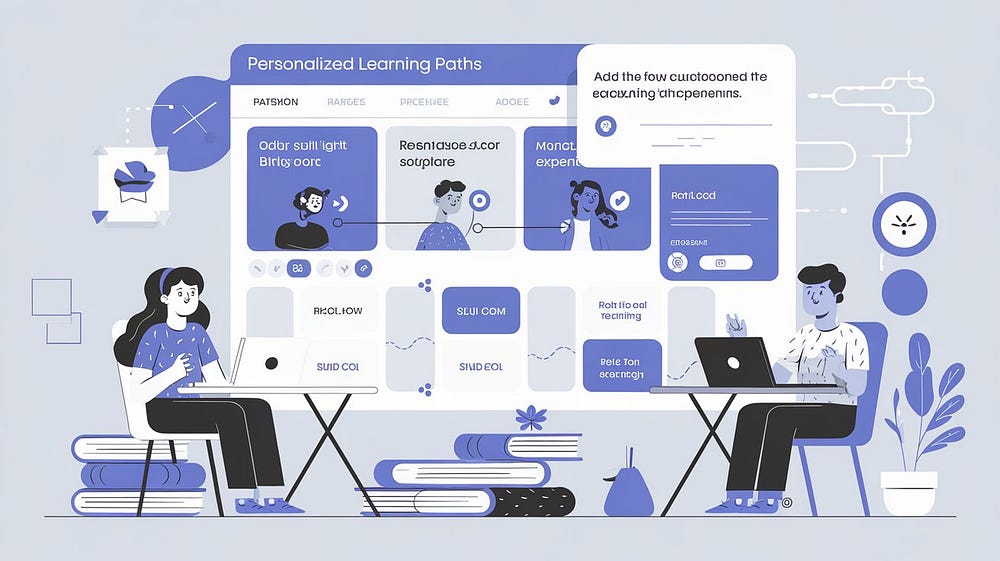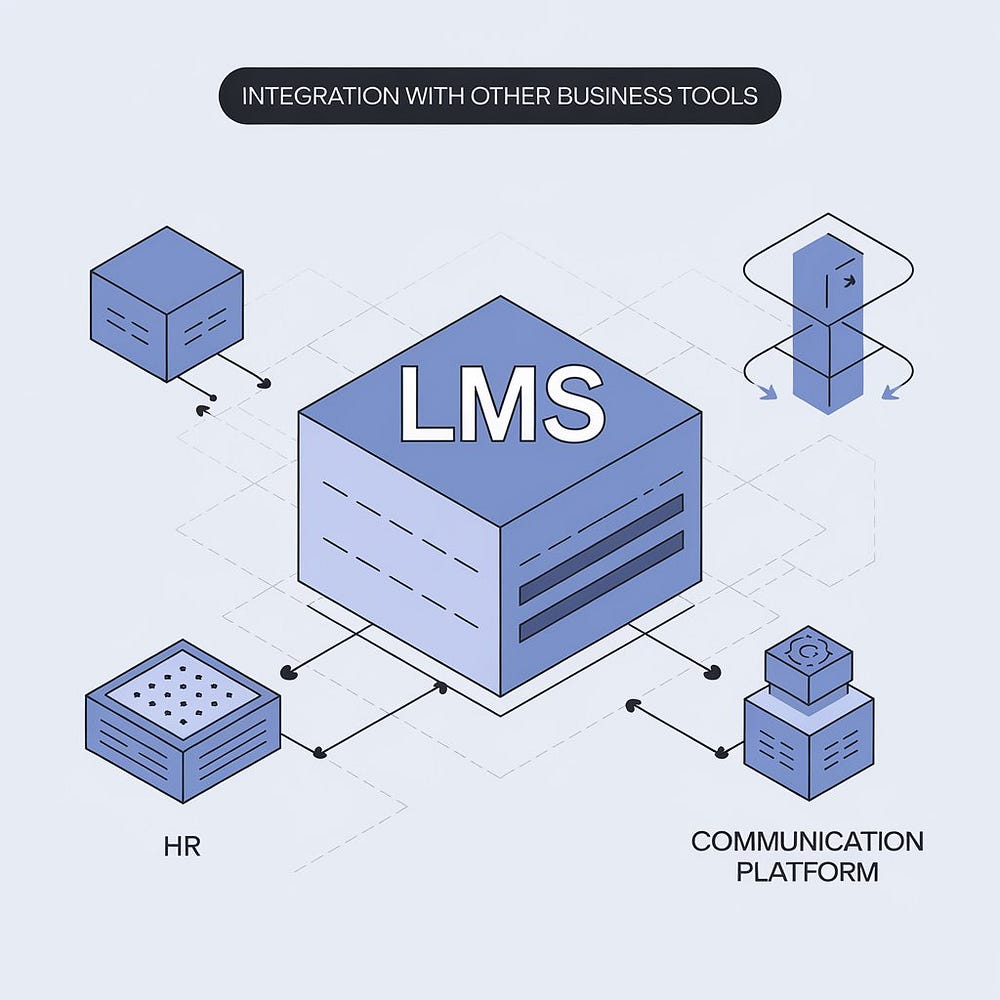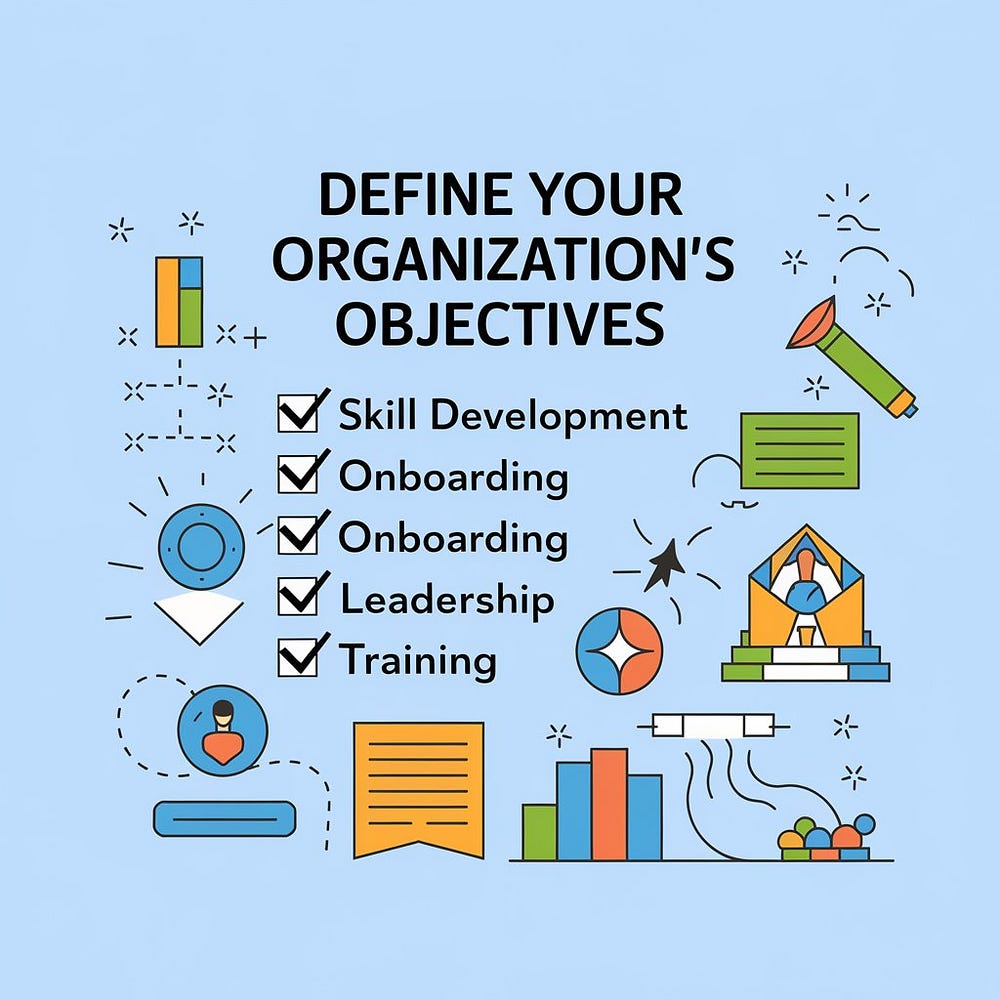Selecting the right Learning Management System (LMS) is crucial for organizations looking to...
The Future of Learning: Top LMS Features Every Business Needs in 2024
As businesses continue to prioritize employee development and skill-building, learning management systems (LMS) have become an essential tool for delivering effective training programs. In 2024, LMS platforms are evolving with new features designed to enhance the learning experience and improve outcomes. From personalized learning paths to advanced analytics, here are the top LMS features every business needs to stay competitive in the future of learning.
1. Personalized Learning Paths
In 2024, personalization is key to effective learning. Modern LMS platforms offer personalized learning paths that allow employees to progress at their own pace and focus on the skills most relevant to their roles. By analyzing user data, LMS systems can recommend specific courses or modules based on an employee’s learning history, preferences, and career goals. This tailored approach not only increases engagement but also improves knowledge retention.

Personalized learning paths also help businesses address individual development needs, ensuring that each employee receives the training necessary to succeed. This feature is particularly valuable for organizations with diverse teams, as it allows them to offer targeted learning experiences that align with varying skill levels and career aspirations.
2. Advanced Analytics and Reporting
Data-driven insights are essential for measuring the effectiveness of training programs, and advanced analytics and reporting are becoming standard features in modern LMS platforms. In 2024, LMS systems offer in-depth analytics that track learner progress, course completion rates, assessment scores, and more. This data helps businesses understand which training programs are most effective and where improvements can be made.
Additionally, advanced reporting tools allow managers and HR teams to monitor individual and team performance. By analyzing this data, businesses can identify skill gaps, track training ROI, and make informed decisions about future learning initiatives. Advanced analytics provide a holistic view of employee development, enabling businesses to optimize their training strategies.
3. Mobile Learning Capabilities
With remote work becoming increasingly common, mobile learning capabilities are a must-have for any LMS in 2024. Mobile-friendly LMS platforms allow employees to access training materials on their smartphones or tablets, making learning more accessible and convenient. This flexibility is especially valuable for employees who travel frequently or work outside of traditional office environments.
Mobile learning also promotes a continuous learning culture by enabling employees to engage with training content on their own terms. Whether it’s completing a course during a commute or reviewing materials on the go, mobile learning ensures that employees can stay engaged and up-to-date regardless of their location.
4. Gamification for Enhanced Engagement
Gamification has proven to be an effective way to increase learner engagement and motivation. In 2024, LMS platforms are incorporating gamification features such as points, badges, leaderboards, and progress bars to make learning more interactive and enjoyable. By turning training into a game-like experience, businesses can boost employee participation and encourage friendly competition.
Gamification also provides instant feedback, which helps learners track their progress and stay motivated. By rewarding achievements and celebrating milestones, LMS platforms can create a sense of accomplishment that drives continued learning. Gamification makes training more engaging, helping businesses build a more enthusiastic and skilled workforce.
5. Integration with Other Business Tools
In 2024, seamless integration with other business tools is a crucial LMS feature for improving efficiency and enhancing the learning experience. Modern LMS platforms can integrate with HR systems, performance management tools, and communication platforms like Slack and Microsoft Teams. These integrations streamline workflows and enable data sharing across departments, ensuring that learning and development initiatives align with overall business goals.
For example, integration with an HR system can allow automatic updates to an employee’s learning progress and certifications, while integration with performance management tools can help track how training impacts job performance. This interconnected approach fosters collaboration and ensures that learning remains a central part of the organization’s strategy.

Conclusion
The future of learning is evolving, and businesses must adapt by incorporating advanced LMS features to meet the needs of their workforce. Personalized learning paths, advanced analytics, mobile capabilities, gamification, and seamless integration are key elements of a modern LMS that can drive engagement, improve learning outcomes, and align training with business objectives. As we move further into 2024, investing in a feature-rich LMS is essential for organizations looking to develop a skilled, motivated, and adaptable workforce.

